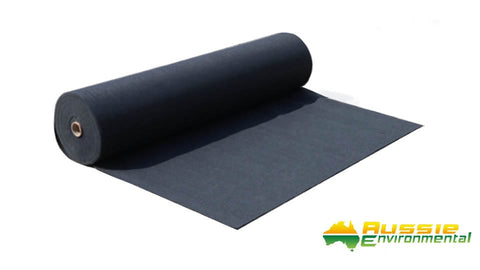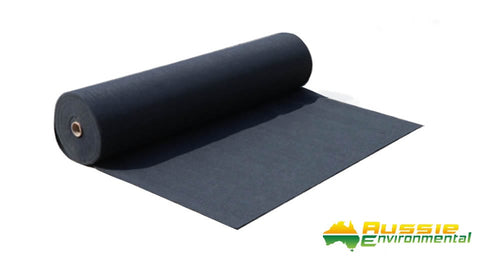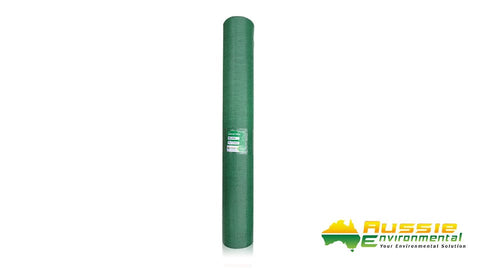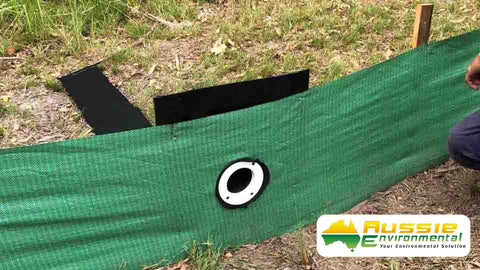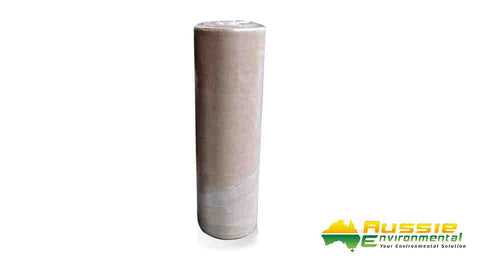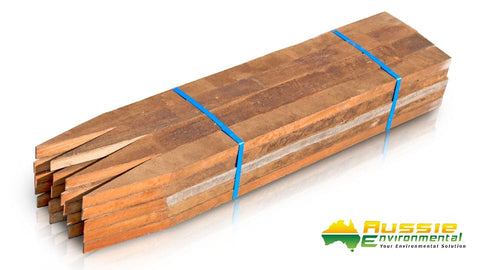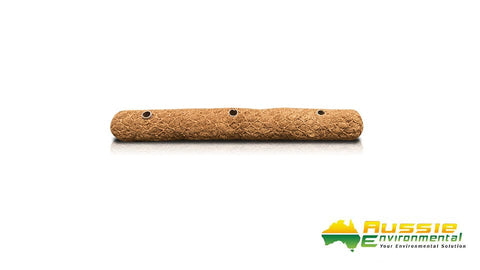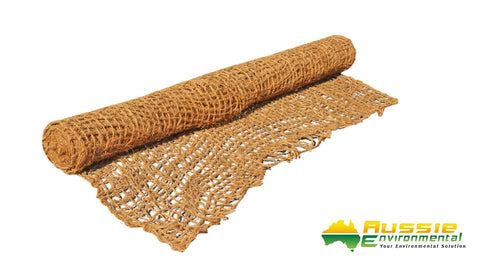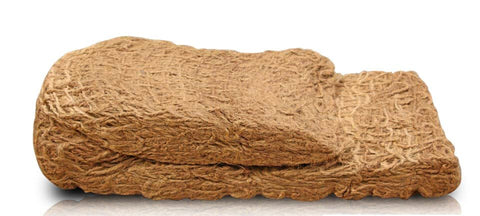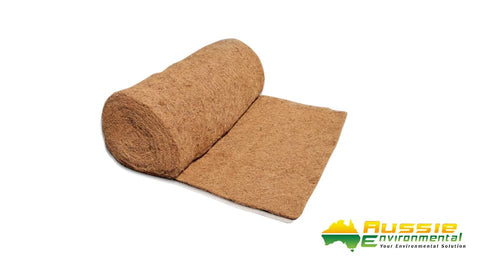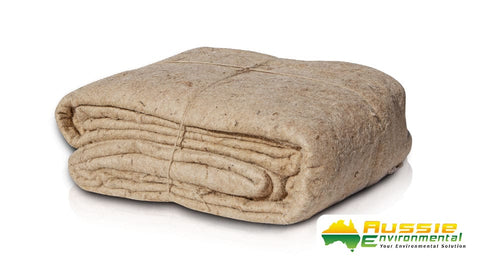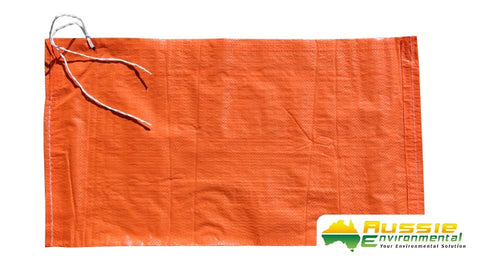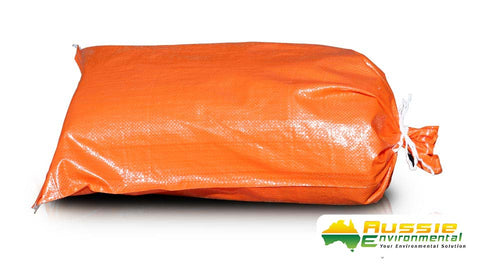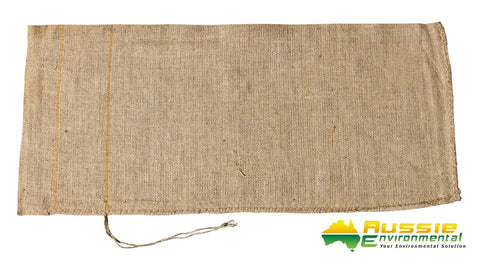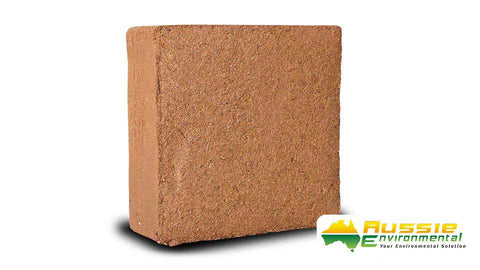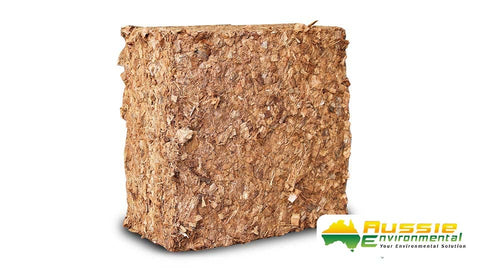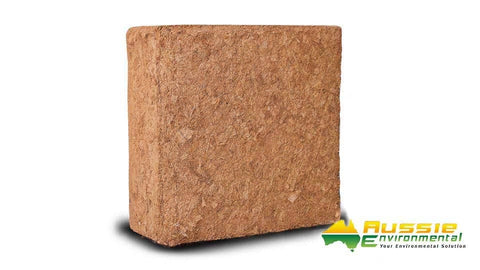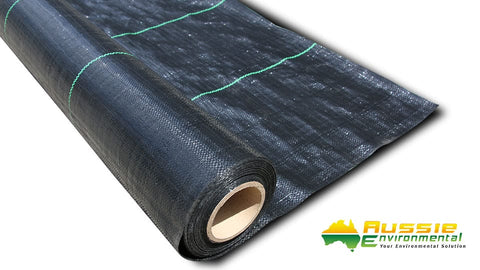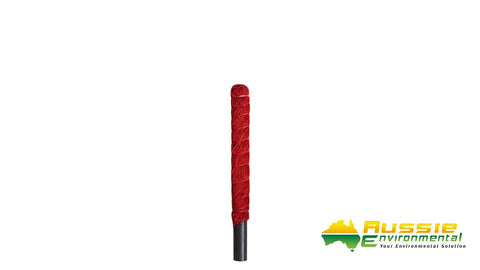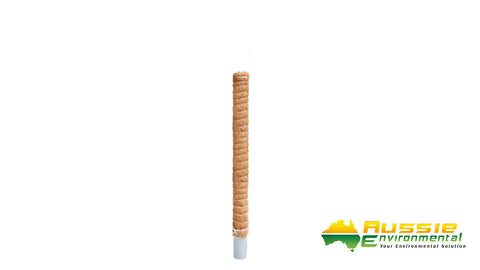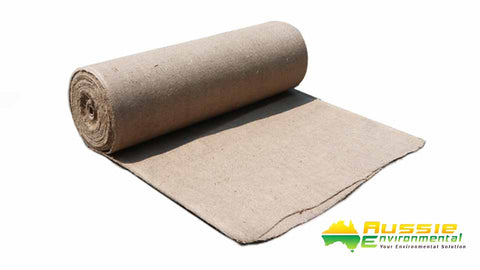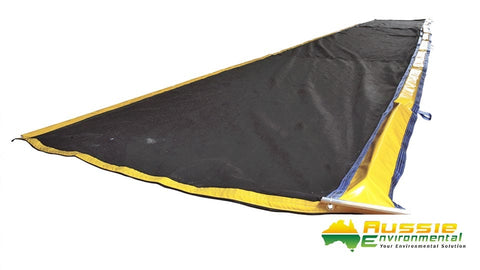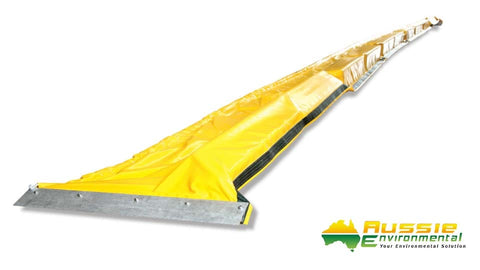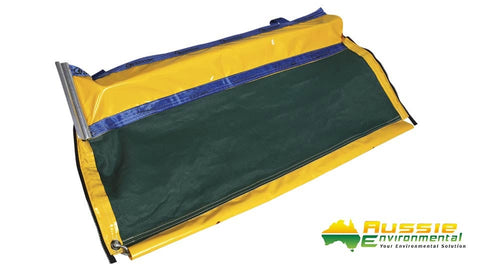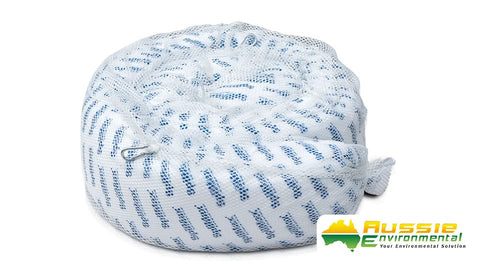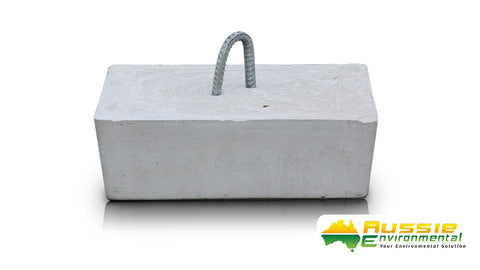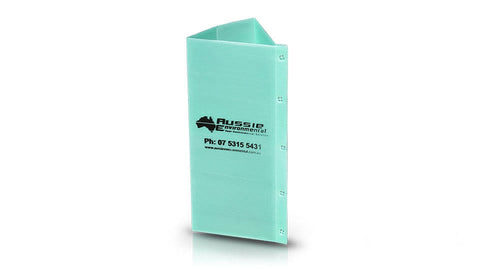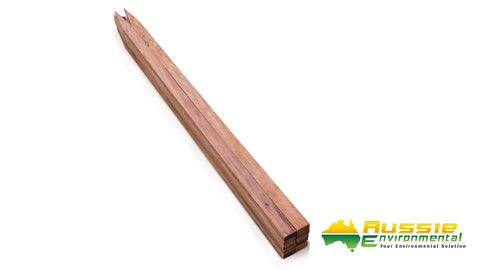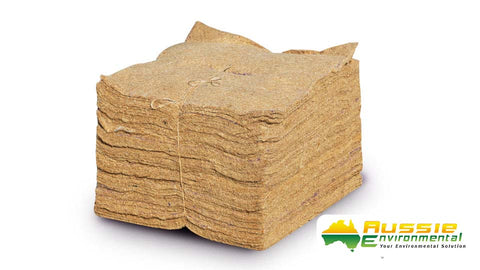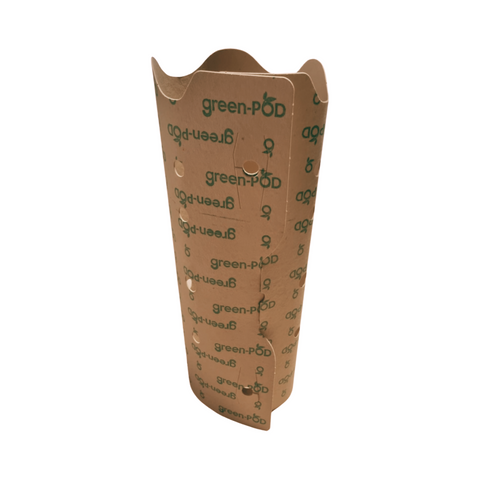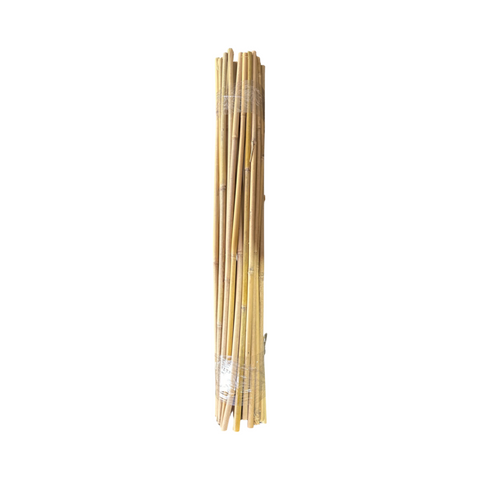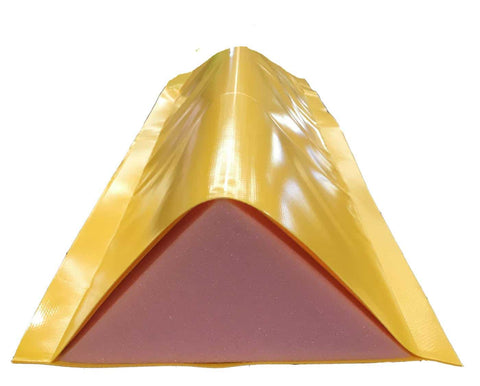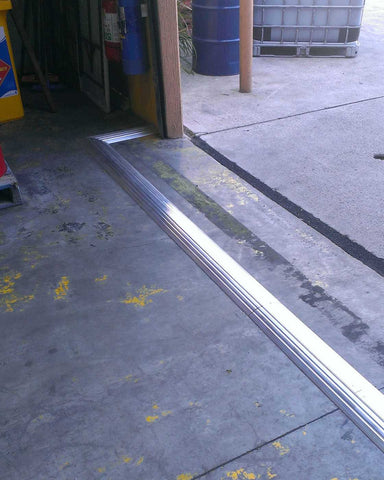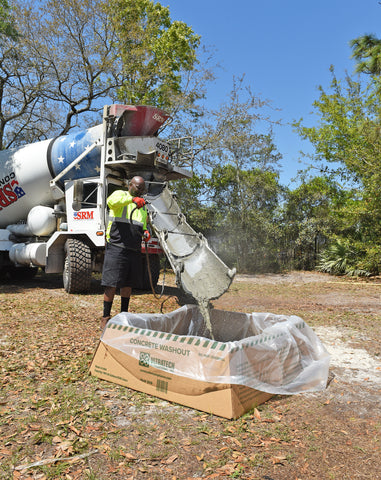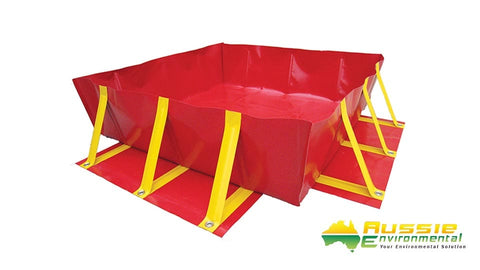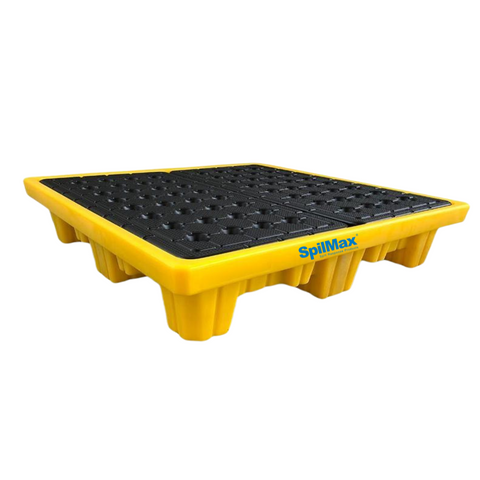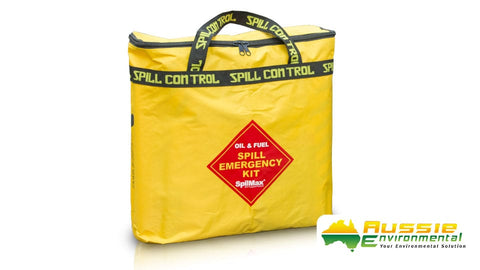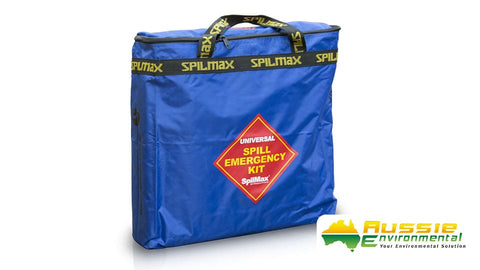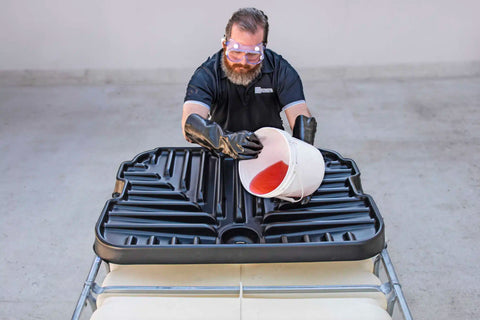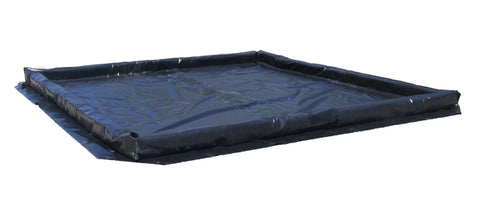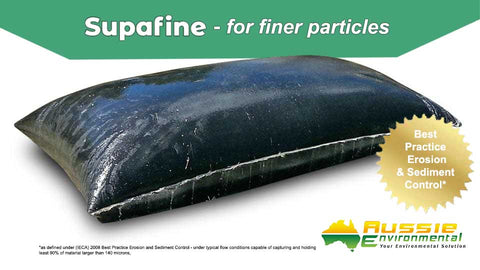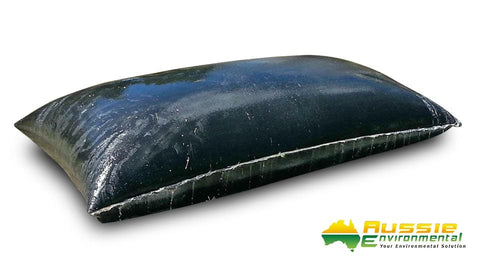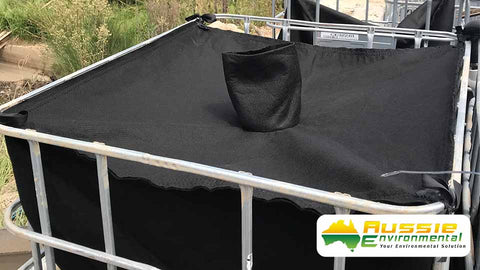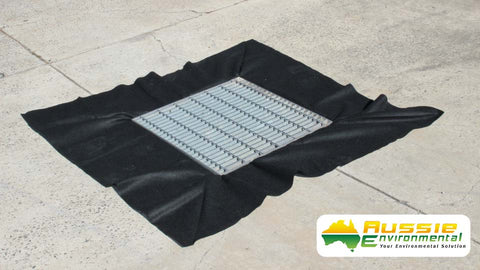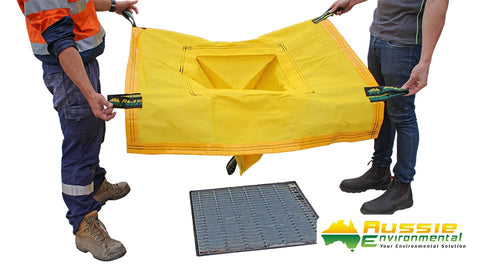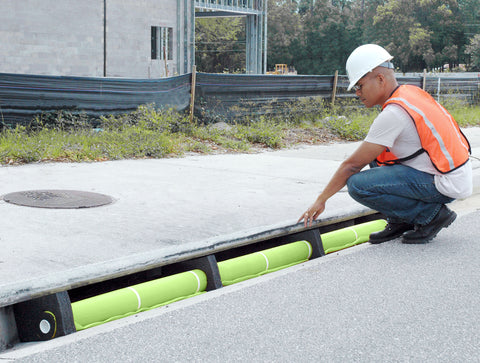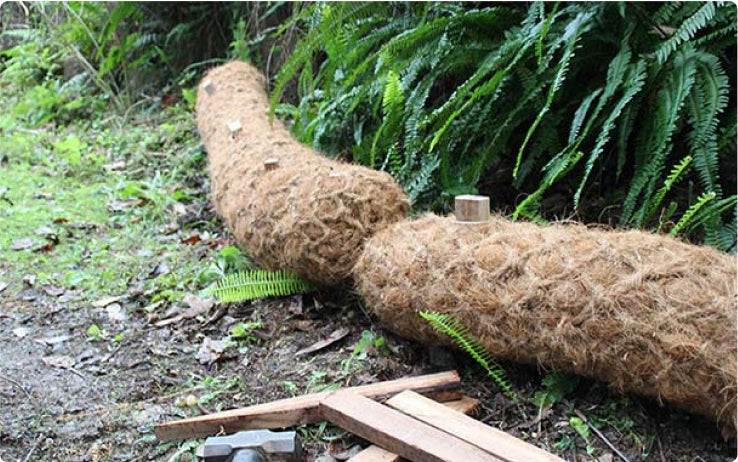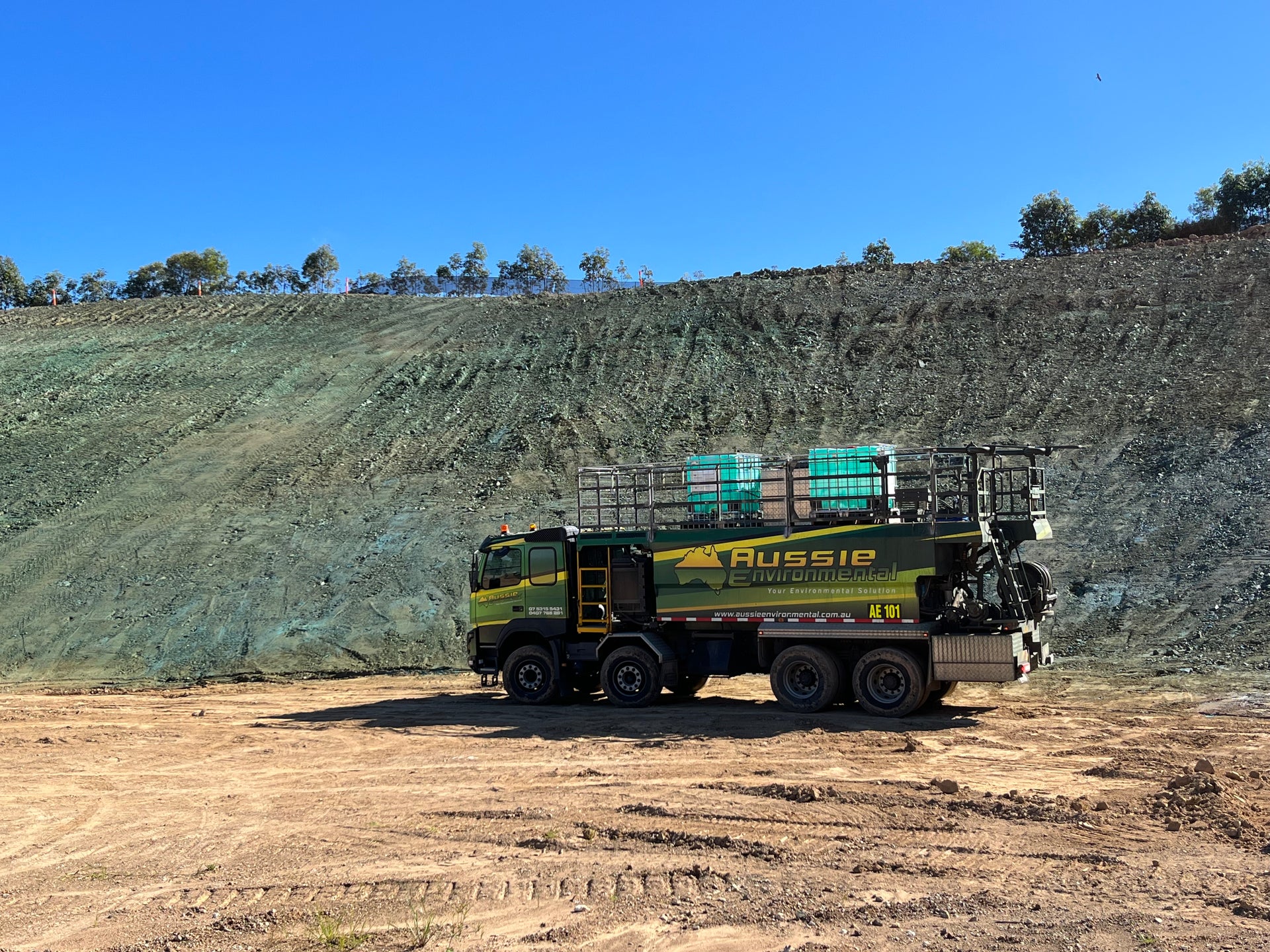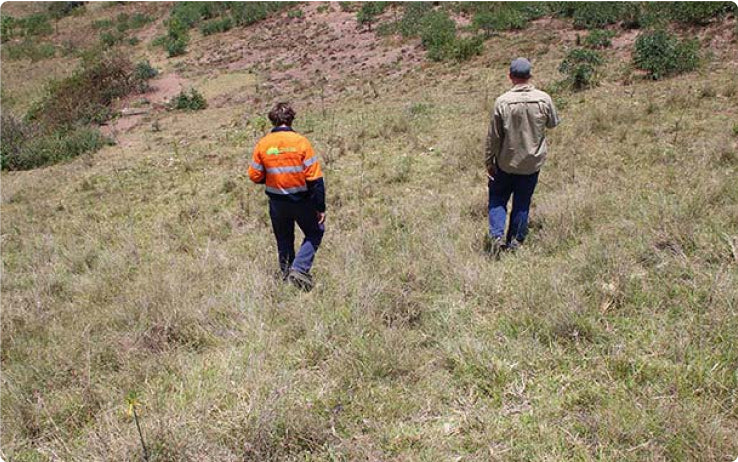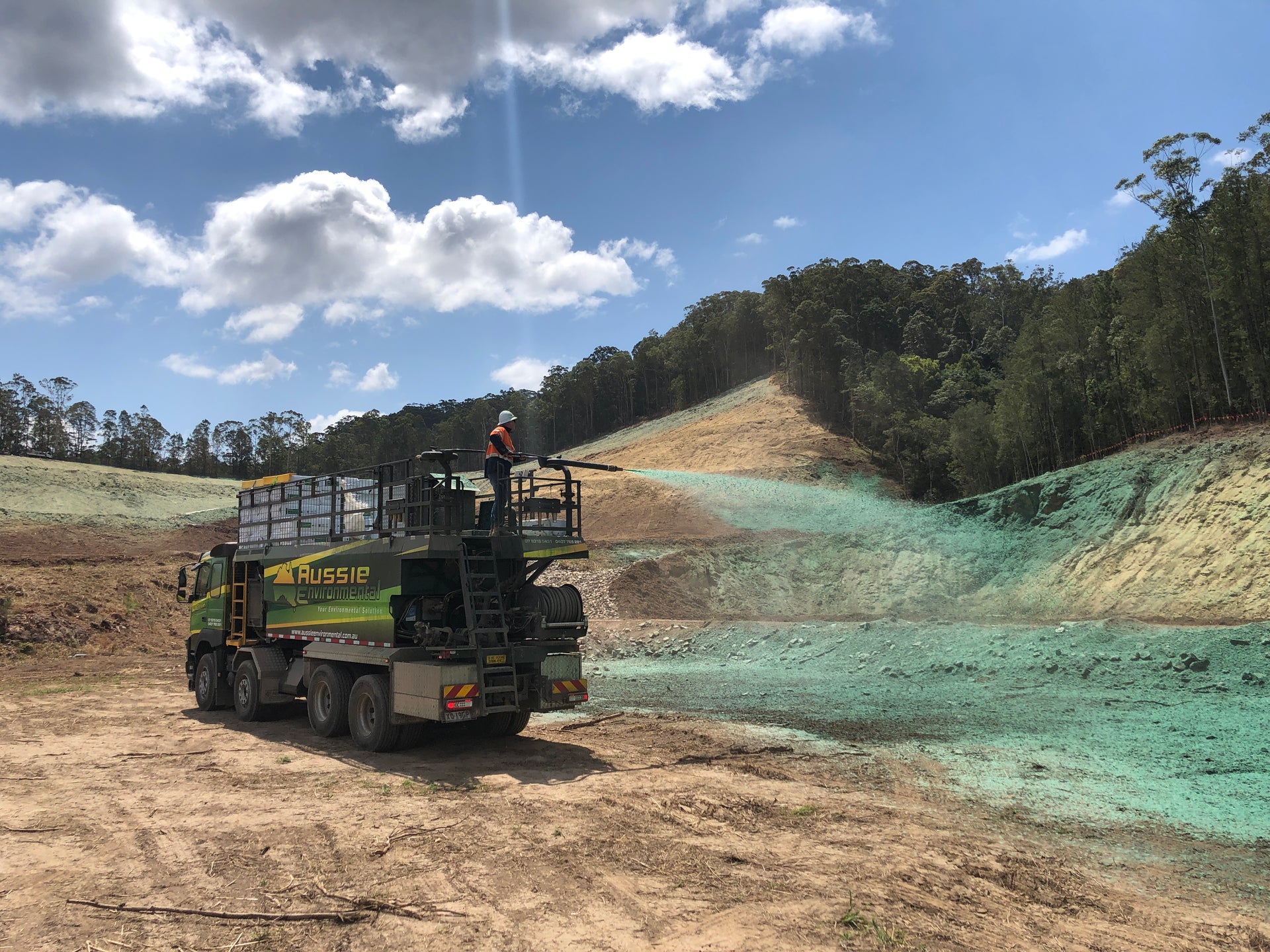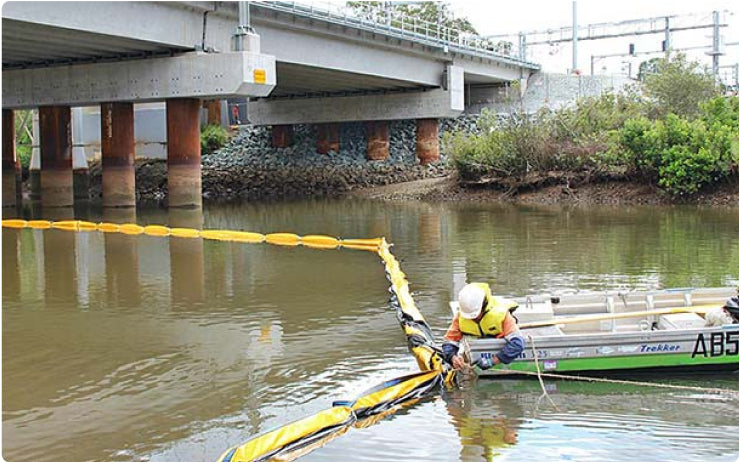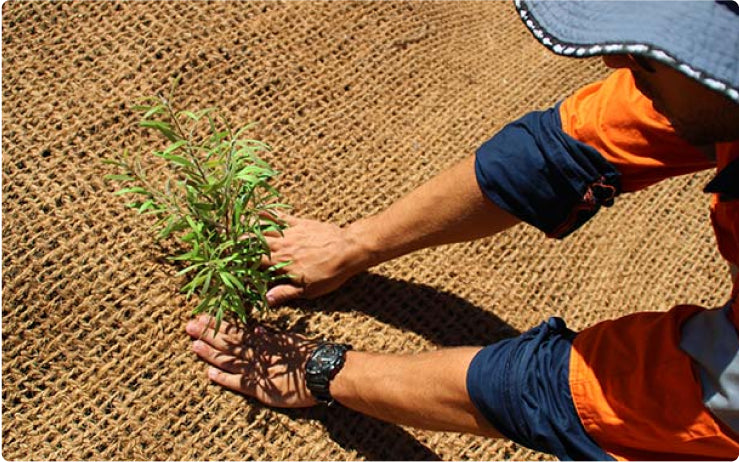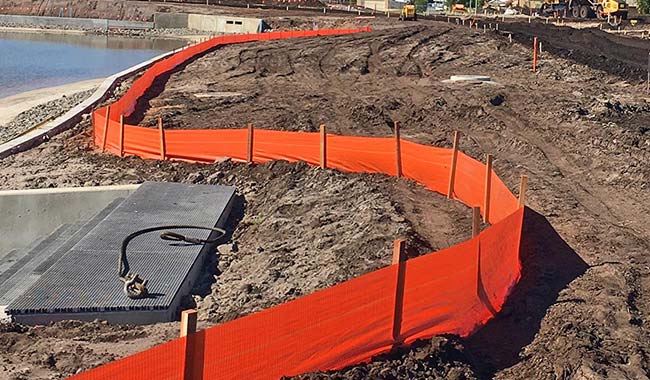How to Prevent Soil Erosion During the Australian Winter

Soil erosion is a year-round problem. In spring and summer, the soil can be baked by the hot sun, so it turns to dust and is easily blown away by the wind. Summer storms with heavy rain can also cause soil erosion due to excessive water runoff.
The problem can be just as great in winter. Even though Australia has few incidences of snow and extreme cold, temperature changes can loosen the soil, so it is prone to being blown or washed away.
Determining the Level of Danger of Soil Erosion
The biggest causes of soil erosion are heavy rain that can wash away unprotected soil and high winds that can remove dry and loose soil. To prevent soil erosion, you need to identify how real these threats are, and this depends to some degree on the type of soil you have:
- If you squeeze a handful of soil and it binds together in a ball, you have clay soil.
- If the soil crumbles when you squeeze it, it is sandy soil.
- Anything in between is likely to be loam soil.
The latter two are prone to soil erosion, while clay soil is unlikely to wash or blow away.
Erosion is more likely on a sloping site because water will flow quickly downhill and carry soil with it. The greater the slope, the higher the risk of erosion and the more difficult it is to prevent. Water on level sites will tend to sink down into the soil or, if it can’t penetrate, will remain on the surface in pools.
The danger of erosion is increased when the soil is devoid of vegetation that binds the soil together. It is also more likely when the soil is disturbed, such as by excavation or by compaction from machinery. These disturbances can occur at any time, but the effect may be worse in winter.
Prevention Methods for Soil Erosion in Winter
There are many ways to prevent or minimise soil erosion in winter, some of which can be used in combination:
- Vegetation is the best and most natural way to prevent soil erosion because the roots of the plants will bind the soil together, as well as improve the soil structure over time. Whenever possible, retain as much vegetation as possible on a site, particularly trees with deep roots that lower the water table, decrease the speed of water flow and filter nutrients.
- Install silt fences that stop the flow of water and trap silt so it will not move off-site and pollute water sources.
- Use erosion control blankets, which are ideal on steep slopes and are anchored in place. They stabilise the soil and can also promote the growth of vegetation.
- Build a berm, a slightly raised area that will slow runoff on a steep slope, or a drainage ditch that will divert water into a suitable outlet.
- Reduce the number of hard surfaces that water cannot penetrate and replace them with porous materials that will let water drain away.
- Use reinforcement mesh or grids to hold soil in place. These areas can be seeded for a natural effect.
Dealing with Soil Erosion at Any Time
Soil erosion doesn’t have an off-season and can occur in the winter as well as the warmer months. You need to be vigilant all year round and have measures in place to prevent loss of soil.
At Aussie Environmental, we specialise in the prevention of soil erosion and environmental compliance. We have a wide range of products and services that will help you fight soil erosion, and we can provide plenty of advice on how to do it effectively. Get in touch and let us know your problem.




